JTF (just the facts): A total of 29 photographic works, variously framed and matted, and hung against white walls in the single room gallery space. Most of the works are single image gelatin silver prints (some on handmade paper or toned), while a handful are multi-image collages of between 2 and 12 prints fastened to handmade paper with t-pins or masking tape. The process is unclear in a few cases, with platinum print, c-print, and Polaroid-transfer print technology offered as potential explanations. All of the works were made between 1974 and 1984. Physical sizes range from roughly 7×10 to 17×28 (or reverse). (Installation shots below.)
Comments/Context: Deborah Turbeville’s fashion photographs from the 1970s and 1980s didn’t look like the kind of pictures anyone else was making at the time. Although she was shooting for most of the same top magazines as her contemporaries (including Vogue, Harper’s Bazaar, and many others), her moody aesthetic was distinctly and overtly contrarian – not only did it defy the pervasive aesthetic of sleek objectified sexiness that was everywhere (particularly in the imagery of Helmut Newton and Guy Bourdin), it hardly even bothered to show the clothes that were the ostensible subject of the pictures.
Turbeville’s approach to fashion was uniquely psychological, with a for-women by-women interest in the amorphous terrain of femininity that lay underneath the commercial choices of dresses and shoes. As seen in this well-edited survey of some of her most personal projects and commissions, her hand-crafted photographs were singularly about the richness of atmosphere, each staged scene filled with a dark theatricality that seemed to evoke layers of buried thoughts and emotions that were rooted in the feminine perspective. Compared to the brash pre-packaged male-centric eroticism that dominated fashion both then and to some extent even now, her hazy, dreamlike pictures seemed to have come from another world entirely.
Many of Turbeville’s best images have an expressive, haunted quality. Prim women in white dresses stand in the woods like survivors of some unmentioned horror. Models are lost in blowing tangles of hair that nearly obscure their expressionless, lost-in-thought faces. Others recline in decaying greenhouses with artfully broken windows, or wander through dusty abandoned apartments, silhouetted against bright windows like melancholy phantoms. And Turbeville’s now famous bathers wash themselves in a grimy tile bathhouse, steeped in eerie emptiness and dark shadows. Even among the manicured gardens of Versailles or the marble statues of L’Ecole de Beaux-Arts, Turbeville turns the elegant lines and forms into mysteries, where time seems to stop and the grand ruins play host to models largely uninterested in the camera.
Turbeville’s affinity for the antique and the decayed also extended to her use of alternate photographic processes and techniques. Blurs, flares of light and shadow, multiple exposures, and deliberate washing out lead to images that feel untethered from crisp reality, and further sepia toning, edge ripping, hand inscribing, and printing on creamy textured papers reinforce this deeply personal quality found in her work.
A few rarely seen collages and maquettes offer a further window into Turbeville’s experimentation with intimate craftsmanship. In several of these, the faces of her models are seen close up, allowing glare, cigarette smoke, and negative reversal to bend the likenesses into ephemeral repeated impressions, the physical printed results placed on layers of wrinkled papers and held together with metal t-pins. A series of images at a dummy factory finds models dressed up in puffy suits or goofing around with mannequins, the cluttered scenes then gathered into dense pairs and arrays of images that expand the scene into more of an elongated experience. And scrawled words add the tone of confessionals, bringing hidden ideas (suicide in one case) out into the open. All of this adds up to final works that feel immediate and raw, with an intensity of experience that draws the viewer into the emotional maelstrom.
While Turbeville’s photographs can feel precious at times, there is no doubt as to their boldly feminine originality, especially given the aesthetic context the artist was rebelling against. In a certain way, Turbeville deliberately reimagined what fashion photography could be, reintroducing the tactile humanity of murky emotion and stylized imperfection as counterweights to prevailing mainstream tastes. This is where her durable importance as a photographer can be found – she brought a wholly new perspective to a genre that was in need of upending, thereby offering an indirect alternative that spoke to feelings rather than impulses.
Collector’s POV: The works in this show are priced between $5000 and $25000, largely based on size/complexity. Turbeville’s work has only been intermittently available in the secondary markets in recent years. Prices have ranged from roughly $1000 to $7000.
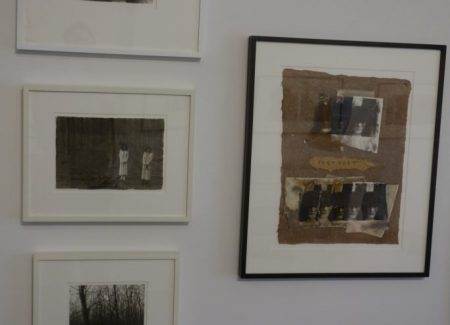
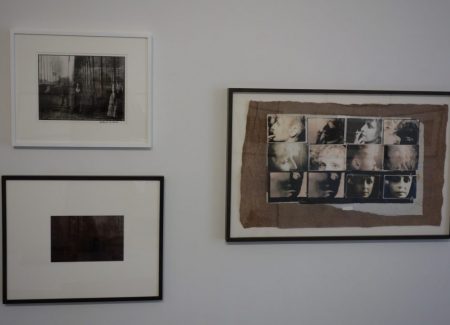
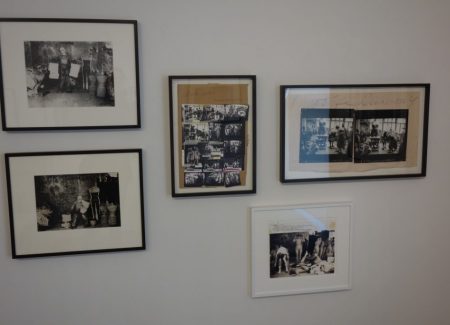

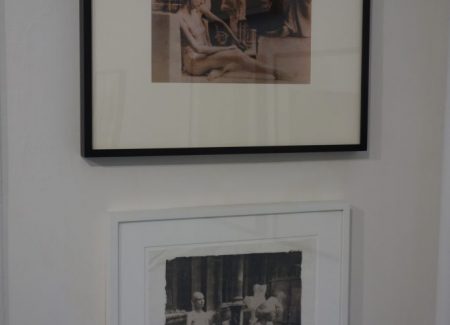
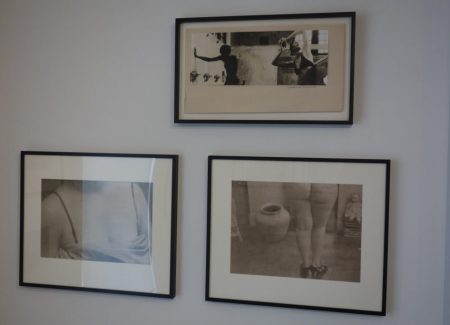
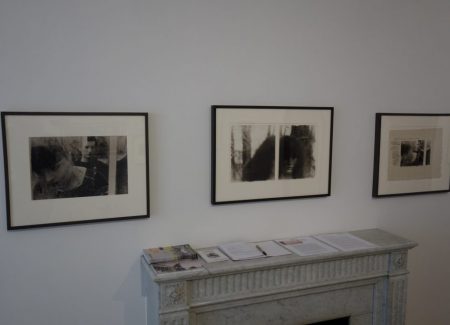
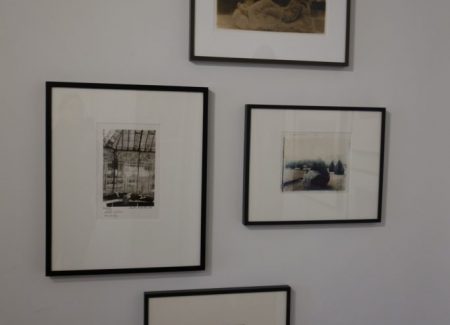
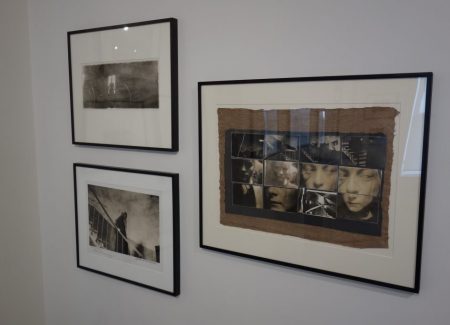
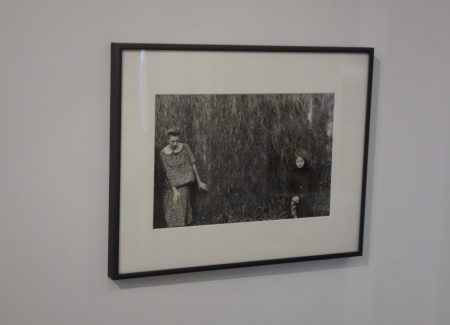






I’ve seen her work on offer for as much as $24,000 (8/’19). Value varies dramatically from work to work, as did the not only the power of the work, but also the quality of the printing. She was highly experimental, and had a lack of interest in the technical. As with her photo sessions, her printing sessions yielded a range of results with some far better renderings than others.
She also didn’t produce large runs of any particular photo, as commercialism wasn’t of particular interest. Edition numbers on her prints are worth noting.
Together, short runs, few subjects of enduring aesthetic value, and print variations make collecting Turbevilles interesting.